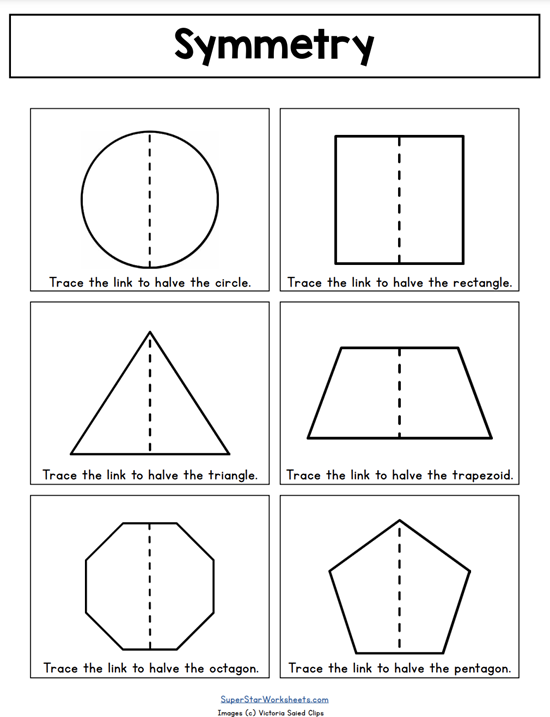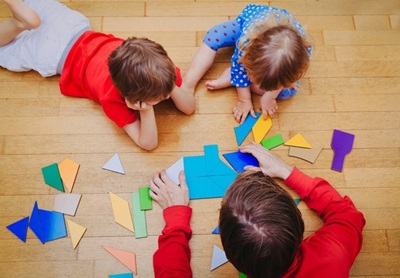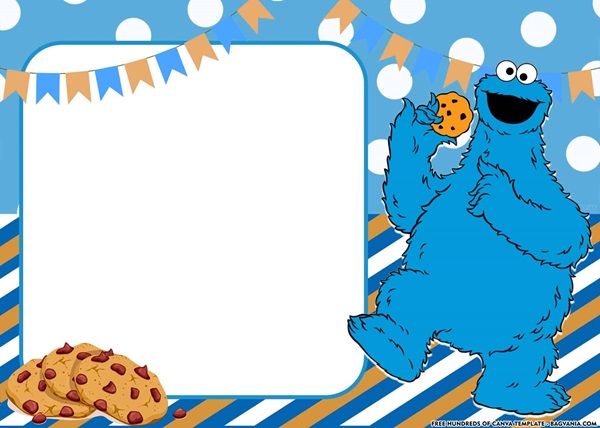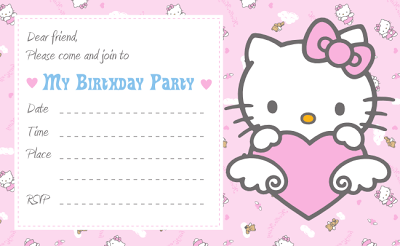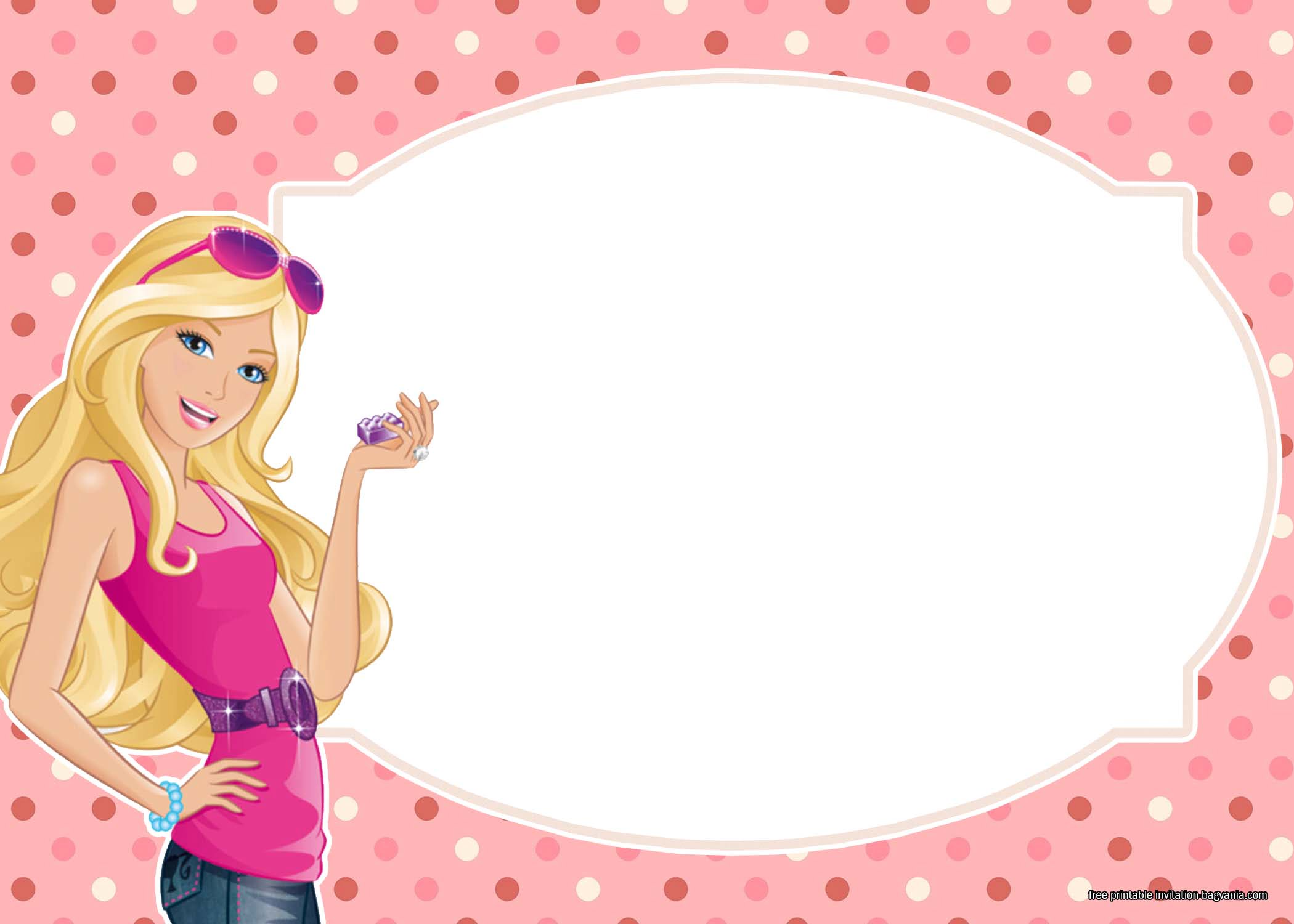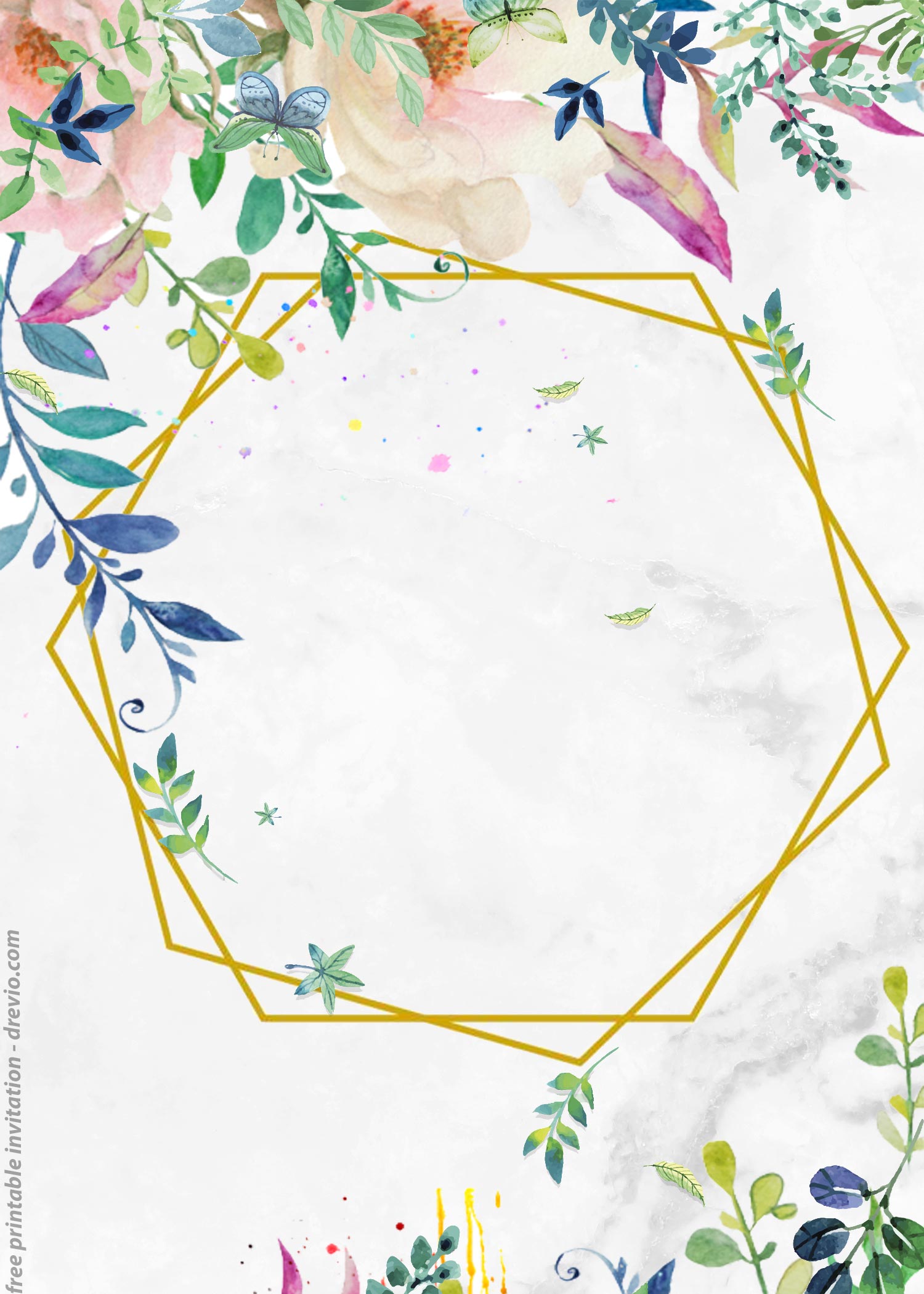Shapes-themed activities like tracing, coloring, and exploring symmetry are more than just creative pastimes; they’re powerful tools for young children’s development. These activities help kids improve their fine motor skills, hand-eye coordination, and spatial awareness while fostering creativity and problem-solving abilities. As children explore shapes through these fun and engaging methods, they also build a strong foundation for early math and geometry concepts.
What makes these activities particularly versatile is their adaptability for different age groups. Younger children can start with simple shape tracing and coloring, developing basic recognition skills, while older kids can delve into symmetrical designs and more intricate patterns to challenge their logical thinking and artistic abilities. No matter the age, shapes-themed activities offer a perfect blend of learning and fun.
In this article, we will elaborate about the amazing benefits of these activities and we will point you in the right direction to get the resources you need. There will also be some invitation templates at the end, if you are thinking to invite other parents with young children to join in on the fun! So, let’s dive in and start you off on some amazing shapes-themed activities for your little ones!

How Do Children Benefit from These Activities?
Before we go into the resources, such as templates and worksheets, for the different shapes-themed activities, let’s talk about how these activities help many aspects of your young children’s development. Here are some of the key benefits:
Fine Motor Skills Development
Shapes-themed activities like tracing and coloring are excellent for strengthening fine motor skills. Tracing requires precise hand movements, which help children develop better control over their fingers and wrists. This practice lays a solid foundation for writing, cutting, and other tasks requiring dexterity. Coloring, with its repetitive strokes and careful filling of spaces, further enhances these skills while helping children build the stamina needed for longer, more complex tasks.
Spatial Awareness and Geometry Foundations
Tracing and identifying shapes introduce children to the basics of spatial awareness, helping them understand how objects relate to one another in space. These activities also build early geometry skills, such as recognizing patterns, symmetry, and proportions. As kids work with different shapes, they begin to notice angles, edges, and sizes, preparing them for more advanced math concepts in the future.
Creativity and Self-Expression
Coloring shapes allows children to experiment with colors, textures, and patterns, encouraging them to express their individuality and creativity. Whether choosing bold, contrasting hues or intricate designs, children can use these activities to bring their ideas to life. This freedom to create fosters confidence and encourages them to think outside the box, which is essential for problem-solving and innovation.
Cognitive Development and Logical Thinking
Exploring symmetry challenges children to think critically and recognize patterns, strengthening their problem-solving and logical reasoning abilities. Identifying the “mirror image” of a shape or completing a symmetrical design helps kids develop analytical skills in a fun and engaging way. These activities also improve attention to detail, teaching children to focus on precision and accuracy.
Mindfulness and Patience
Shapes-themed activities provide a calming, focused environment for children to engage in mindful play. The act of tracing, coloring, or creating symmetrical designs requires sustained attention and patience, which helps children develop emotional regulation skills. This focus on the process rather than the outcome fosters a sense of accomplishment and encourages perseverance, qualities that are valuable for lifelong learning.
Shapes-Themed Activities Templates
Tracing and Coloring Simple Shapes for Toddlers
For toddlers, simplicity is key. Use large, bold shapes for tracing and coloring, such as circles, squares, and triangles. These worksheets from Semesta Ibu is a great starting point. They provide tracing shapes worksheets, containing simple shapes like circles, triangles and rectangles of different sizes.

Provide chunky crayons or markers that are easier for little hands to grip. Keep the activities short to match their attention spans, focusing on fun rather than perfection. And of course, they can choose to count and color the shapes when they are done tracing!
More Complex Shapes-Themed Activities for Preschoolers
As your toddler enters the preschool age, they will have better control over writing instruments and able to use them to trace more complicated shapes like stars and pentagons. Check out these great worksheets from Super Star Worksheets. These worksheets are also really great to start them off learning other shapes outside circles, triangles and rectangles. They can always color the shapes afterwards or cut and paste them somewhere!
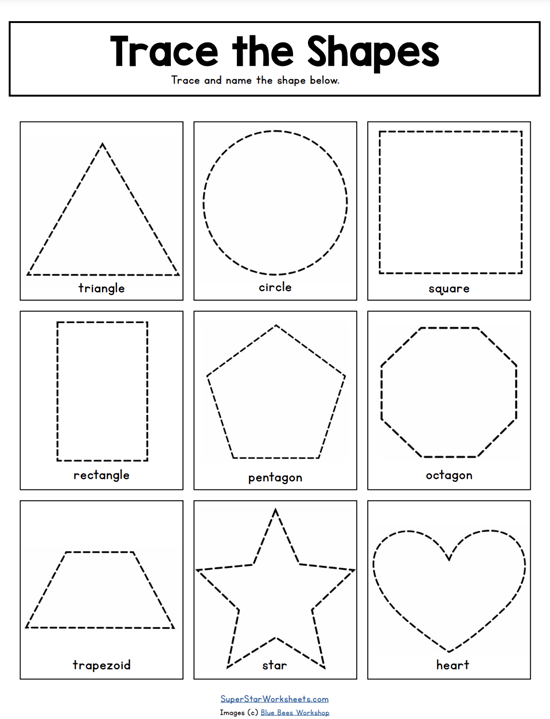
Another great one from Super Star Worksheets would be this worksheet in which kids color the pictures according to the shapes. This is a really fun way to practice shape recognition for preschoolers.
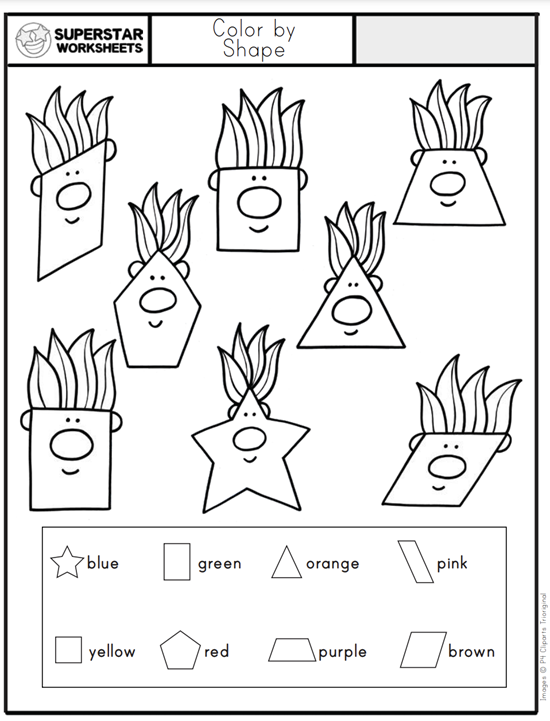
Overlapping Shapes and Exploring Symmetry for Elementary School Kids
Older Kids, such as the ones in Elementary School, will really like it if there are more challenges to each worksheet. These worksheets from Super Star Worksheets are a great one to try. Your children can start off with tracing and then trying to draw the different shapes on their own.
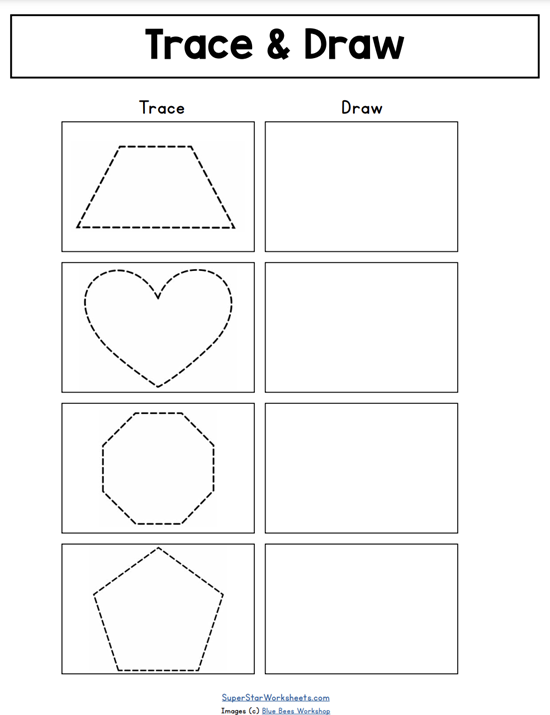
This one introduces an important mathematical and geometrical skill, which is recognizing symmetry of shapes. This worksheet from Super Star Worksheets helps children to recognize where to draw the line of symmetry on symmetrical shapes, while the one from Blue Bird Planet encourages your child to draw the other half of these symmetrical shapes. Both are really great worksheets for Elementary School kids, and they are really enjoyable exercises to do!
